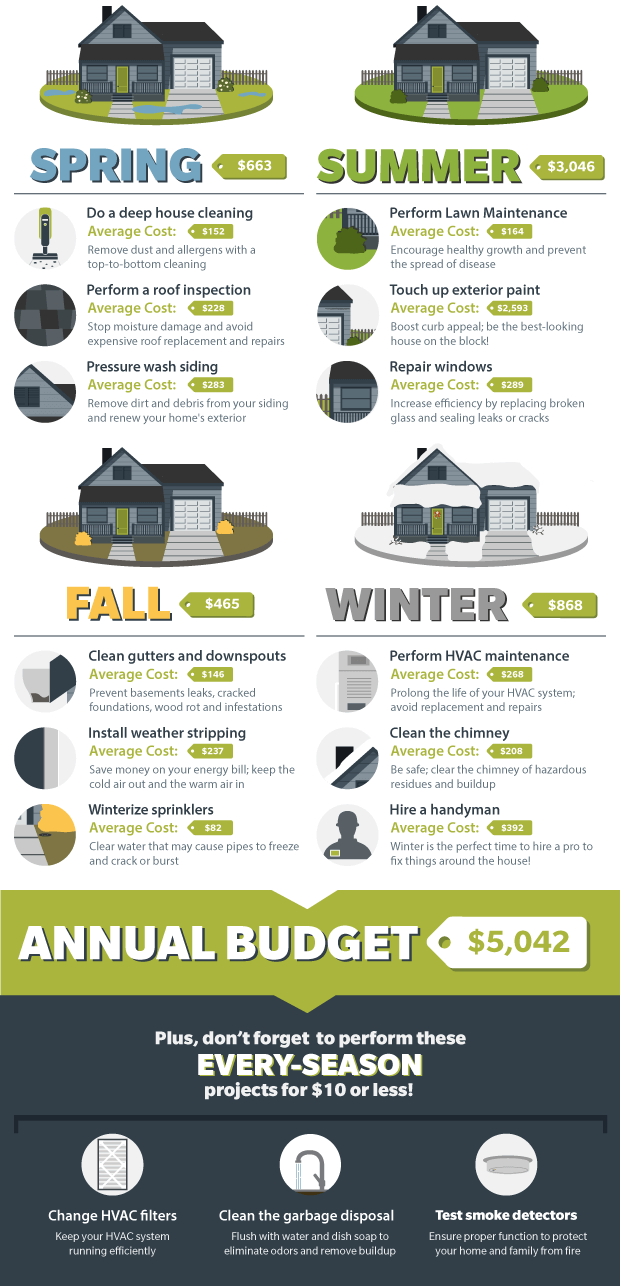Understanding Solar Panel Modern Technology And How It Functions: A Novice'S
Understanding Solar Panel Modern Technology And How It Functions: A Novice'S
Blog Article
Created By-Morin Britt
So, you've heard about solar panels and their potential to create electricity from sunlight, however just how specifically do they work? Comprehending the detailed modern technology behind solar panels can be a remarkable journey right into the world of renewable resource. From the basic principles of solar batteries to the intricate components that make up a solar panel system, there's an entire realm of understanding waiting to be discovered. Let's unravel the secrets of solar panel technology together.
Solar Panel Modern Technology Fundamentals
To absolutely realize the significance of photovoltaic panel innovation, you must explore the basic principles that underpin its capability. Solar panels include solar batteries, normally made from silicon, which have the impressive capacity to transform sunlight into power with the photovoltaic result. When sunshine hits the cells, the photons in the light interact with the silicon atoms, creating the electrons to damage without their atomic bonds. This produces an electric current that can then be harnessed for powering different gadgets.
The key part of photovoltaic panels is the semiconductors within the solar batteries, which promote the conversion of sunshine right into useful power. These semiconductors have both positive and negative layers, creating an electric area that allows for the flow of electrons.
This flow of electrons, when attached in a circuit, creates straight current (DC) electrical energy. Comprehending these fundamental concepts is vital for appreciating exactly how solar panels can harness the sun's power to power homes, services, and also satellites in space.
Just How Solar Panels Generate Electrical Power
Solar panels harness the sun's energy by transforming sunshine into power via a process known as the photovoltaic effect. When sunlight hits the solar panels, the photons (light particles) are soaked up by the semiconducting products within the panels, typically made of silicon. read on produces an electric current as the photons knock electrons loose from the atoms within the product.
The electric areas within the solar cells after that compel these electrons to flow in a specific direction, creating a straight current (DC) of power. This straight current is then gone through an inverter, which transforms it right into alternating present (AIR CONDITIONING) electricity that can be made use of to power your home or service.
Excess electrical power produced by the solar panels can be stored in batteries for later usage or fed back right into the grid for credit history via a process called internet metering. Recognizing how photovoltaic panels create electrical power is critical to valuing the environmental and cost-saving benefits of solar energy systems.
Recognizing Photovoltaic Panel Parts
One crucial aspect of solar panel modern technology is recognizing the various components that compose a photovoltaic panel system.
genius solar power of a photovoltaic panel system include the solar panels themselves, which are composed of solar batteries that transform sunshine right into electrical power. These panels are mounted on a structure, often a roofing, to catch sunlight.
Along with the panels, there are inverters that transform the straight existing (DC) electrical energy generated by the panels into rotating existing (AC) electricity that can be utilized in homes or services.
The system likewise includes racking to support and position the photovoltaic panels for optimum sunshine exposure. Furthermore, wires and connectors are vital for moving the electricity produced by the panels to the electric system of a structure.
Last but not least, a surveillance system may be consisted of to track the performance of the solar panel system and guarantee it's working effectively. Understanding these components is important for any individual wanting to install or utilize solar panel technology successfully.
Conclusion
Now that you understand the fundamentals of photovoltaic panel modern technology and how it works, you can appreciate the power of using sunlight to create clean and renewable energy for your structure. By using the photovoltaic result and components like inverters and keeping track of systems, you can add to a much more lasting future while also possibly saving money on energy expenses. Maintain understanding and checking out the opportunities of solar energy for a greener tomorrow.
